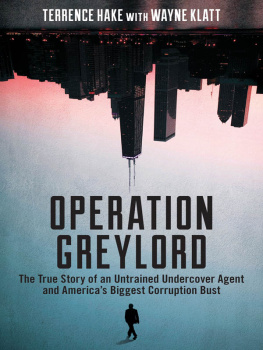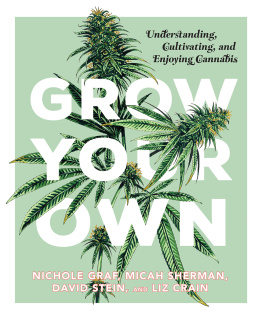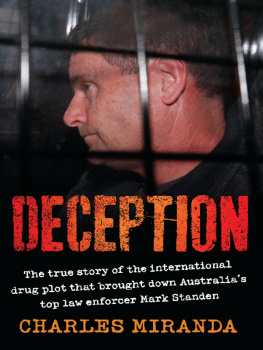
HIDDEN
HARVEST
The Rise and Fall of North Americas Biggest Cannabis Grow Op
MARK COAKLEY
ECW Press

To Nadia
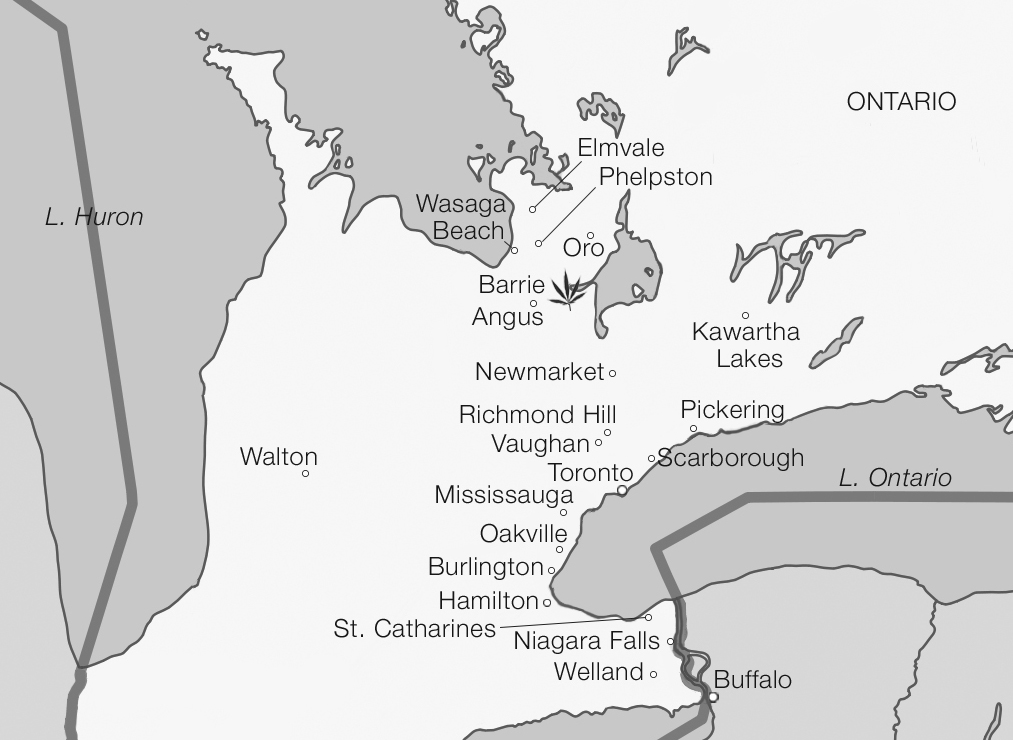
A map of Southern Ontario, where the Molson plant is located.

Criminal Organization Hierarchy.
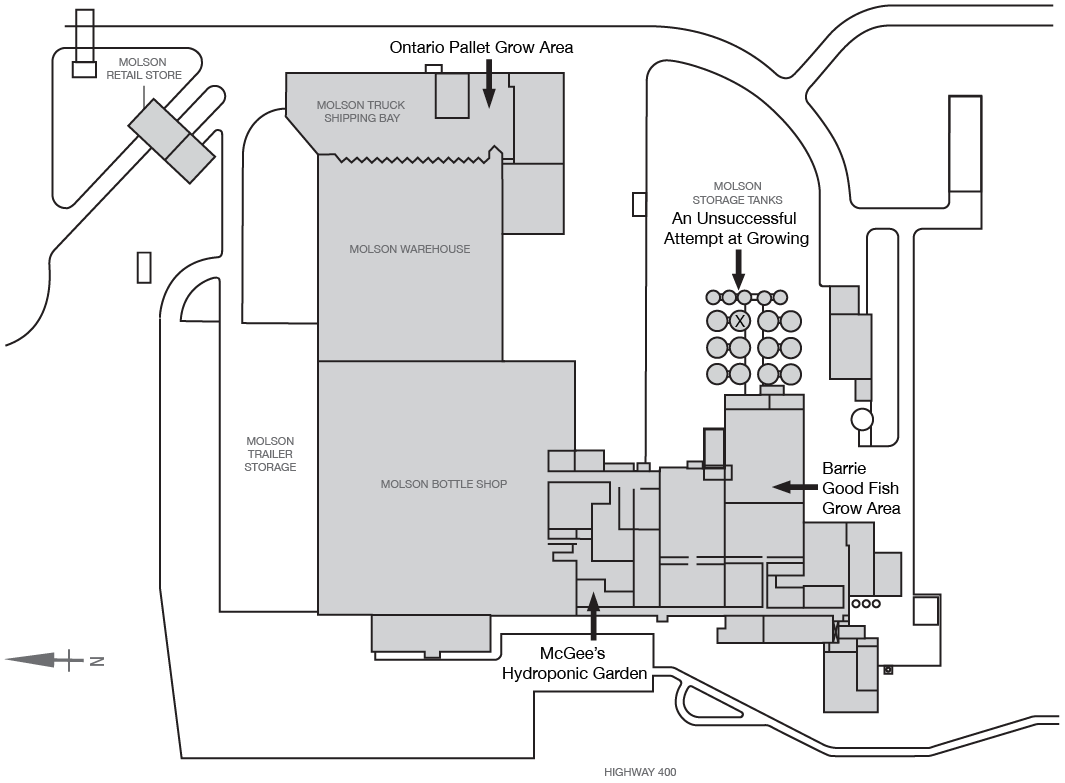
Molson Plant

BOOK I

In an abandoned beer factory in the heart of Ontario, just south of Barrie, there once grew a secret garden. Its legendary flowers, when set aflame and inhaled, would give some users joy; others, relief from pain; others, paranoia; others, dependency; and others, amnesia.
Now that garden is gone.
The jungle of almost 30,000 cannabis plants with long, finger-like leaves swaying in the humid wind from strong electric fans thrived under lightning-bright lightbulbs all year long in the giant concrete-walled building by Highway 400. Some of the illegal salad grew in horizontal brewing tanks lined with shiny stainless steel. Some grew in huge rooms, with newly built cinderblock walls covered by sheets of white plastic fastened with red duct tape. And some weed grew hydroponically in a janitors bedroom.
These hidden harvests of sticky, stinky, all-female flowers would bring to men and women in the illegal conspiracy both highs and lows, fun and misery, wealth and years in prison.
This is the biography of North Americas biggest grow op.
.......
On flat land at the corner of Highway and Big Bay Point Road, just south of Lake Simcoes Kempenfelt Bay and the fast-expanding city of Barrie, stood a huge, modernist, gray concrete building. Ranging from two to four stories in height, it covered hundreds of square feet. Around it, a few clumps of road-salt-damaged trees clung to life. There were no other buildings nearby. As large as it was, the Molson beer factory occupied only part of the northwest corner of the vast piece of land. On the exterior wall of the buildings second floor, a red-and-white mural reading MOLSON could be easily seen from cars on Highway . Barrie is an hours drive north of Toronto, and the building was a landmark, both to the , or so local residents and to people with cottages up north. People giving directions would often say, When you see the Molson plant, youre almost in Barrie.
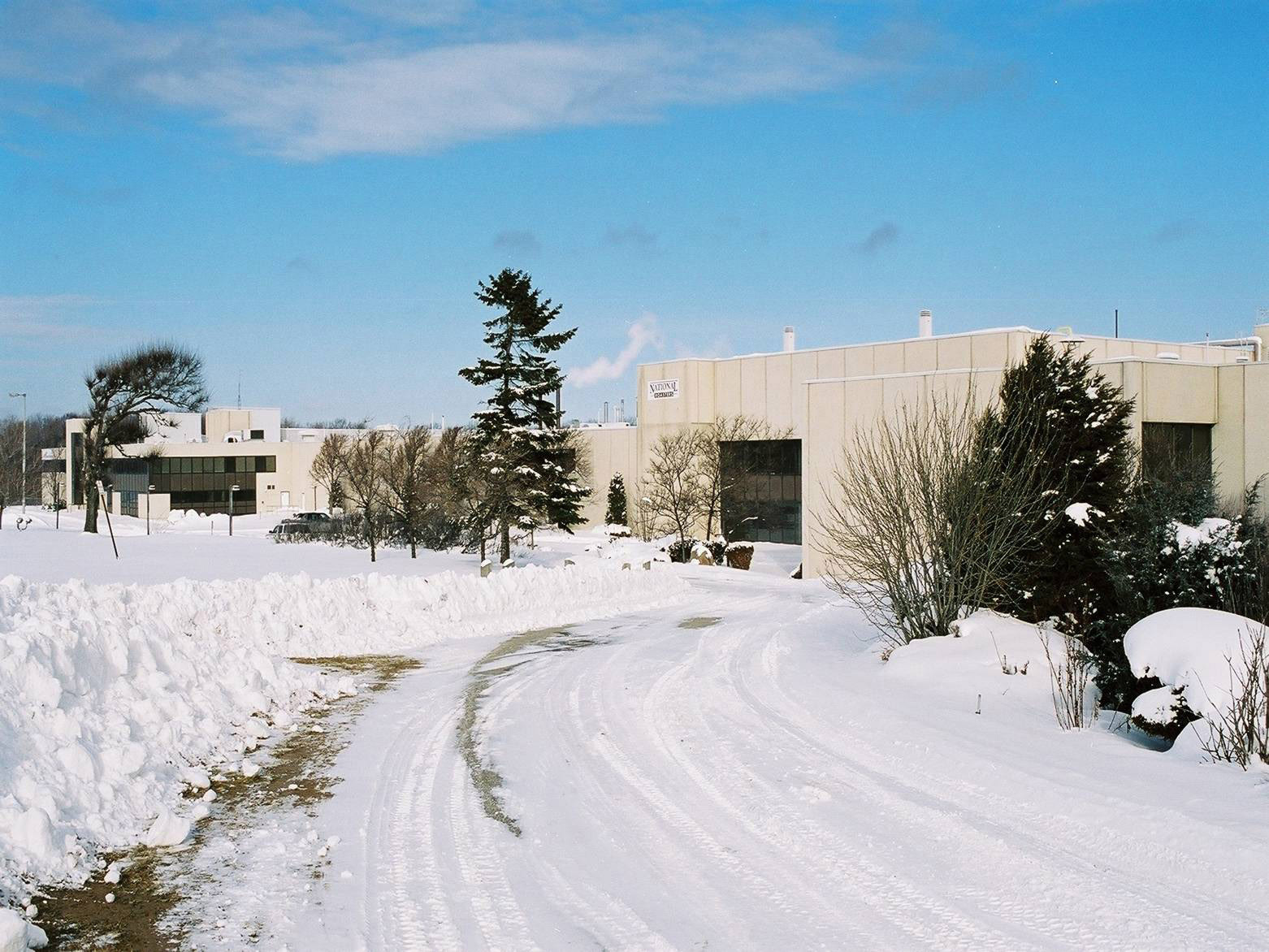
Enter the Molson Plant [OPP Photo]
The modern history of the property began with tobacco. In 1971, Benson & Hedges a Canadian corporation owned by U.S. tobacco dealer Philip Morris that made and sold cigarettes in Canada bought the Barrie-area greenfield for $12 million.
Benson & Hedges put up the building and then took over Ontarios last independent beer brewery, Formosa Springs, which made Club Ale, Diamond Lager, Tonic Stout, Bock Beer, Octoberfest and Birra Italia. The tobacco company moved Formosa Springs to Barrie, expanding production from 80,000 bottles of beer a year to 6 million bottles. Formosa Springs exclusively used Barrie springwater, from a well inside the building at that time, some of the purest, cleanest water in the world. Only a few years later, in 1974, Benson & Hedges got out of the alcohol market to focus on selling nicotine.
North Americas oldest brewing corporation, Molson, bought Formosa Springs and the Barrie property that year, dropping the Formosa Springs label and restructuring the plant to manufacture a number of beers, including Export, Canadian, Canadian Light, Molson Dry, Golden, Molson Light, Excel, Lowenbrau and Durango. About a third of the beer from the Barrie Molson factory was sold across the border to U.S. customers. Most, however, was used in Ontario.
In 1975, 70 acres of unused land south of the brewery was severed and made into an entertainment complex called Molson Park. Its stadium would host big music concerts Lollapalooza, Another Roadside Attraction, Edgefest, Warped, Live 8 and more.
With various extensions and additions over the years, the Molson building expanded to 440,000 square feet the size of six soccer fields. By 1996, the plant was producing 567 million bottles of beer (which works out to about 24 million cases, each containing 24 brown bottles and called a two-four) per year. New labels included Miller Genuine Draft, with its widely advertised exclusive cold-filtration brewing technology, and Coors Light. A few years later, Molson announced that the factory would close, in order to centralize operations in Carlingview, Ontario. In a protest against the closure, 500 or so Molson workers occupied the factory for a day before departing.
The last bottle of beer rolled off the line in Barrie on August 30, 2000.
The next year, for a price of $8 million, a Toronto-based corporation bought the abandoned beer factory, along with the 36 acres around it, all surrounded by a fence topped with barbed wire.
.......
From the outside, the abandoned Molson factory was a near-featureless block of gray concrete. Seen from above, it was shaped a bit like the letter L or a bent human arm. There were loading docks at the hand at the southeast part, where the grain, hops and chemicals used for brewing alcohol had once been taken off trucks. Beer had been brewed at the forearm, bottled at the elbow and boxed at the upper arm. At the buildings north end, the shoulder, there were more loading docks, where finished Molson product had been loaded onto trucks for delivery to retailers, who then peddled it directly to alcohol users.
The flat, multilevel roof was covered with dozens of white venting tubes, like unlit candles on a birthday cake. Standing on the roof, you had a great view to the north of downtown Barrie and the beach and the bright blue waters of Lake Simcoes Kempenfelt Bay.
On one side of the building were two brown-painted, cigar-shaped chimneys, each a bit taller than the building. There were also three almost-as-big grain silos one painted yellow, one orange and one red attached to the main building by a covered conveyor belt.
To the northeast of the main structure stood a much smaller building that had once been Ontarios only drive-through beer store, with retail staff putting two-fours into the trunks of cars. There were also two separate buildings to the southeast: a storage building and, beside a big water reservoir, a wastewater treatment center.
A big sign went up on the side of the building facing the highway, advertising space for lease.
Inside, the main building was a complex, multilevel labyrinth with lots of exposed, orange-painted girders and tangled masses of green piping. There were orange metal stairs connecting different levels, halls lit by cold, fluorescent ceiling bars, high catwalks of steel grille and a complicated system of conveyor belts.






